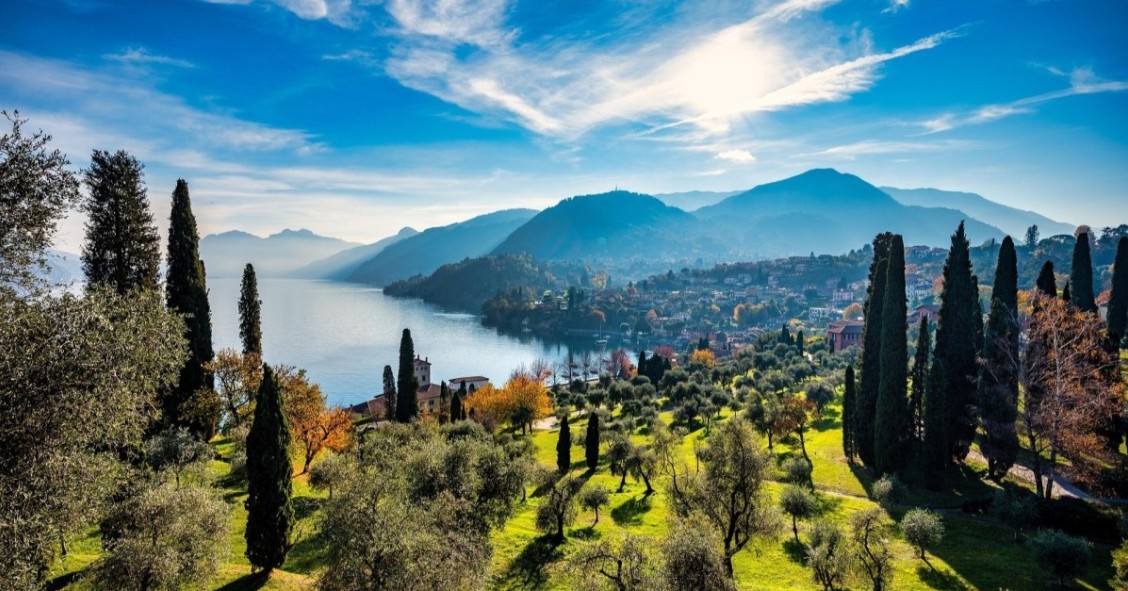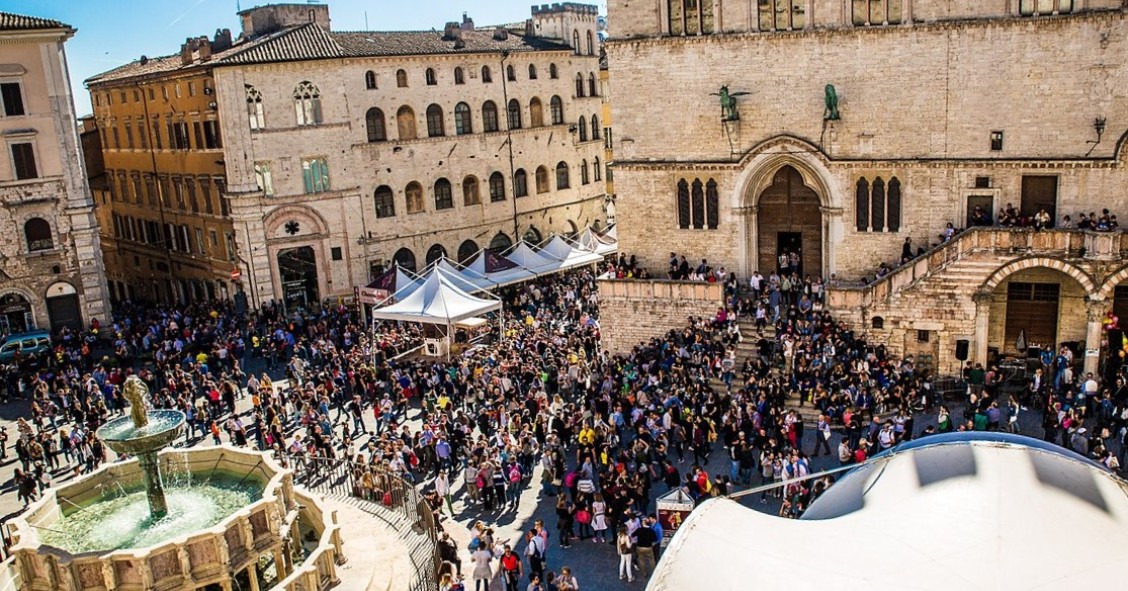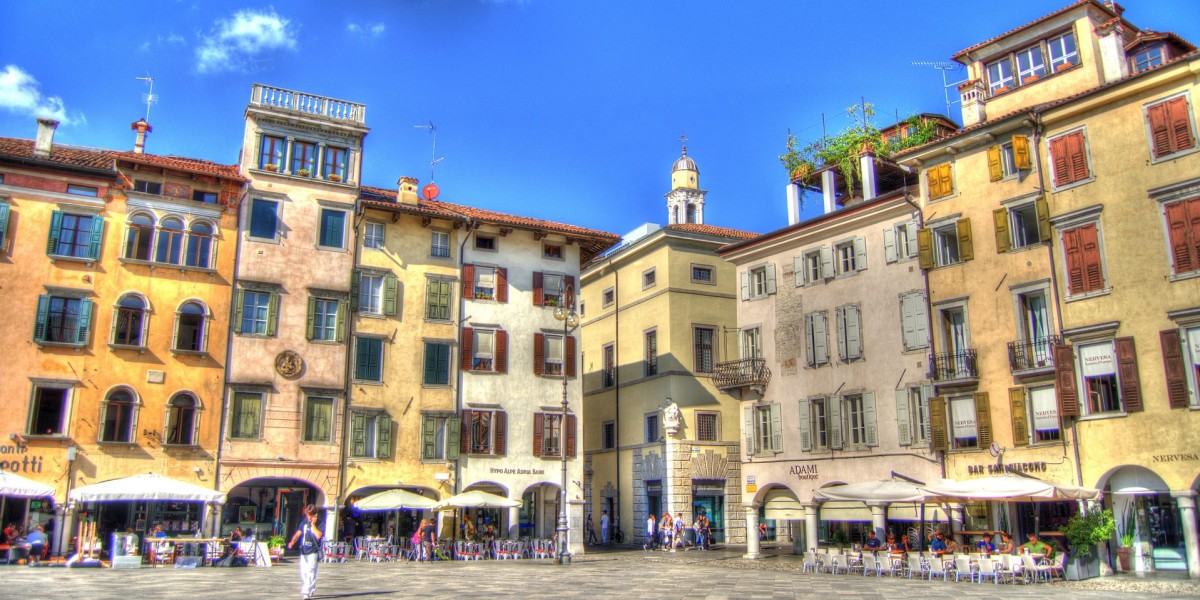
Udine is one of those understated places, full of elegant Venetian architecture and quiet, cobbled squares, but without the tourist crush you get elsewhere. It's tucked away in Friuli-Venezia Giulia, a region in Italy's far northeast that borders both Austria and Slovenia. Living in Udine offers a rhythm that’s both relaxing and refined, revolving around its historic cafés and traditional osterie. It’s a city that values quality, from its food to its friendships.
What is Udine like?
There's a calm but purposeful atmosphere; things run efficiently in a way that feels distinctly northern, yet the daily rhythm is built around classic Italian rituals like the evening passeggiata and a lingering aperitivo. You’ll discover a strong sense of local community here, one that’s proud of a Friulian heritage that has a language all its own. And while you might occasionally hear German due to the nearby Austrian border, this is an Italian-speaking city through and through.
The summers are warm and sociable, with everyone spilling out onto the piazzas, but the winters have a character of their own. You’ll want to prepare for cold, misty days that have a sort of poetic gloom to them, and you can expect snow in the coldest months of the year.
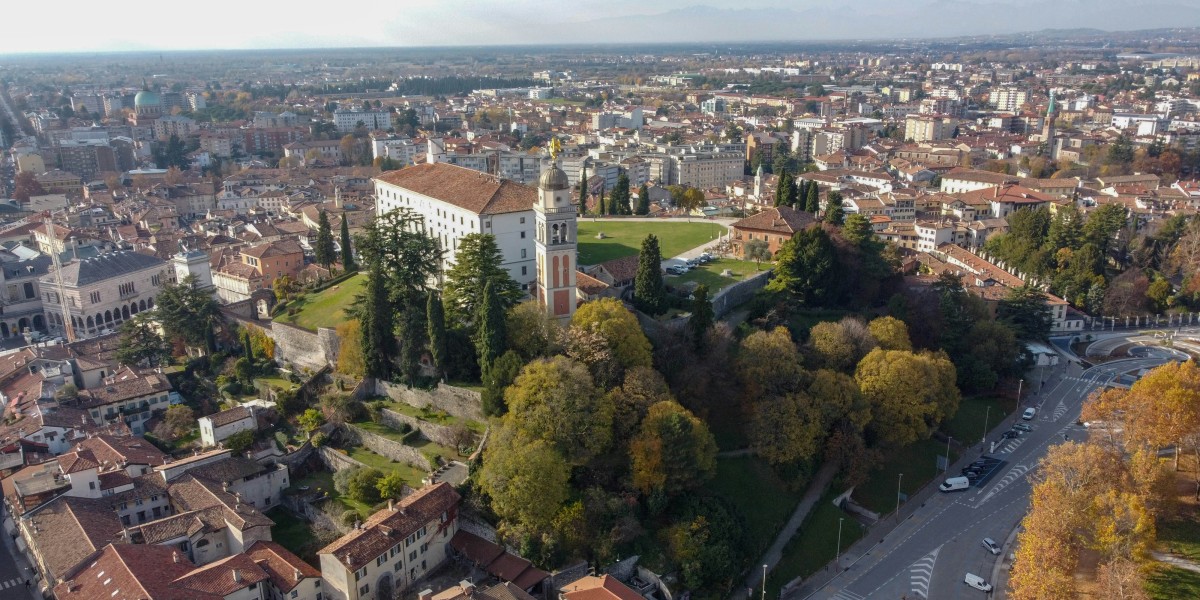
What is Udine known for?
Architecturally, the city's heart is pure Venice. Its most famous landmark, Piazza della Libertà, is often called the most beautiful Venetian square in mainland Italy. This elegant Venetian Gothic style gives the city its signature look. Art lovers point straight to the 18th-century painter, Tiepolo, whose incredible frescoes cover the ceilings of the Patriarchal Palace.
Beyond the buildings, it's celebrated as a true centre for Friulian gastronomy, this is the home of Prosciutto di San Daniele, after all. The local osterie are institutions, dedicated to serving regional specialities like frico, a glorious fried-cheese-and-potato pancake, best enjoyed with a glass of crisp, local Friulano white wine.
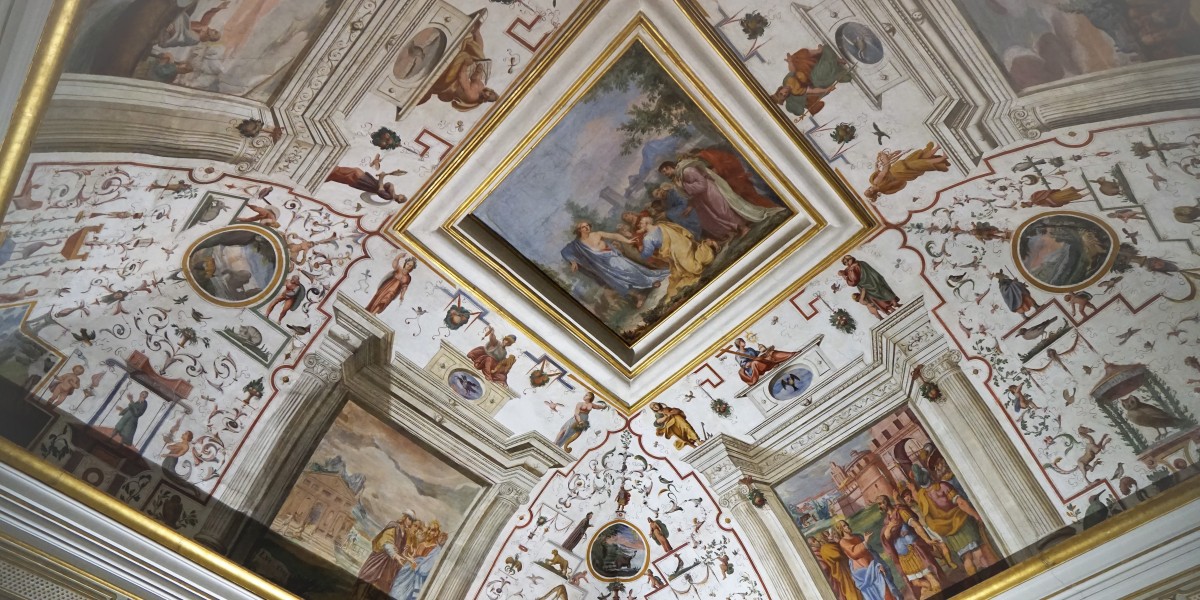
Is Udine a good place to live?
If you dream of a life that values quality over quantity—think safe streets, clean air, and incredible nature right on your doorstep—then Udine is one of the best choices in Italy. It consistently gets top marks in the country's annual quality of life surveys, and when you're there, you can see why.
It's the ideal spot for someone who finds joy in a well-made meal, a weekend trip to the mountains or the coast, and the simple pleasure of knowing your local baker. There are plenty of things to do in Udine; however, if you crave the constant energy and anonymity of a major metropolis, you might find it a little too quiet.
Pros and cons of living in Udine
Every city has its own character, and life in Udine is no different. It’s a place of wonderful upsides and a few things you just have to get used to.
Some of the advantages of life in Udine include:
- Its perfect position: you can be swimming in the Adriatic Sea near Grado in under an hour, or hiking in the Carnic Alps just as quickly. Plus, having both Slovenia and Austria close enough for a spontaneous day trip is a remarkable advantage.
- An exceptional quality of life: it’s a safe, manageable city where public services work well, and there’s a general air of civility.
- A rich and authentic culture: the city is rich in Friulian traditions that are still very much alive. From its own protected language, Furlan, to unique local festivals.
And for the disadvantages of living in Udine:
- The professional landscape: unless you work in a specific local industry or can work remotely, career opportunities can be more limited than in larger economic hubs.
- A smaller social pond: the community is warm and welcoming, but it's small.
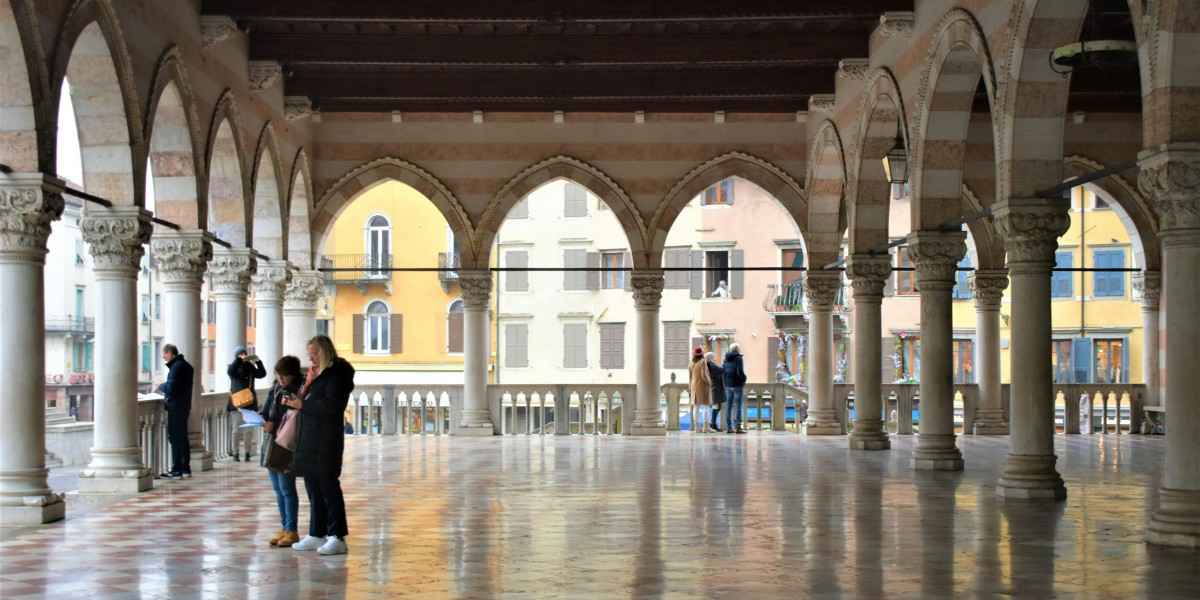
Cost of living in Udine
The living cost in Udine is generally more affordable than in Italy’s major cities, but it’s important to know that prices have been on the rise.
According to figures from June 2025, property prices in Udine averaged around €1,612 per m², which is a 9.1% increase from the previous year. Rent has seen an even steeper climb; while average prices for the municipality were €9.7 per m², in the city centre they shot up to €11.7 per m² – that’s a significant 27.6% jump in just a year. To put that in real terms, a typical 80m² flat in the centre would set you back around €1,000 per month.
For daily expenses, things are quite reasonable according to Numbeo. A coffee won't cost you more than €2.50, and you can get a decent loaf of bread for about €1.60. A cheap meal out is around €15, while a mid-range restaurant for two will be closer to €70. A beer in a bar will cost you about a fiver. On top of that, you should budget for monthly utility bills, which for a standard flat come to around €200. It’s important to weigh these costs against typical earnings; with the average monthly salary sitting at around €1,500, you can see that a central apartment would take up a very large portion of your income.
Neighbourhoods in Udine
Udine is a compact city, which is great because it means most areas are well-connected. Where you choose to live will really shape your daily experience, whether you want to be in the middle of it all or in a quieter, greener spot.
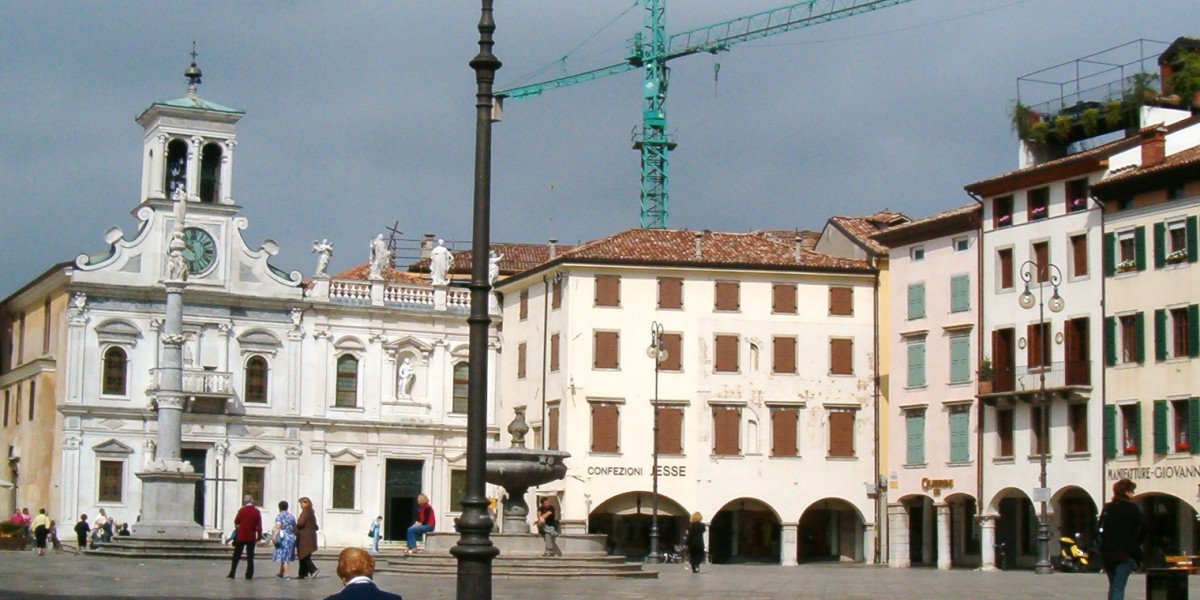
Centro Storico
You’re surrounded by beautiful architecture, with the lively Piazza San Giacomo and its fantastic market just a stroll away. It’s the place to be if you want to have the city's best cafés, shops, and osterie on your doorstep. It is, however, the priciest part of town, and parking is a real headache, so it’s best for those who plan to get around on foot.
Rizzi
If you head just north of the centre, you’ll find Rizzi. This is a much more modern residential area that’s very popular with families. It has a calmer, more suburban feel, with more green spaces, playgrounds, and all the practical amenities like supermarkets and schools nearby. It lacks the historic charm of the centre, but it makes up for it with practicality and a strong sense of community.
San Rocco
Just south of the city walls, San Rocco is a lovely, quiet, and well-regarded residential neighbourhood. It strikes a perfect balance: you get the peace and quiet of tree-lined streets, but you’re still only a 15-minute walk from the heart of the city. It's a great choice for professionals or anyone looking for a tranquil base that doesn't feel disconnected.
Best towns to live in the province of Udine
While Udine itself is fantastic, one of the best parts about living in this region is the incredible province right on your doorstep. If you’re after a quieter life in a smaller community, there are some truly wonderful towns popular with Italians and expats.
Cividale del Friuli
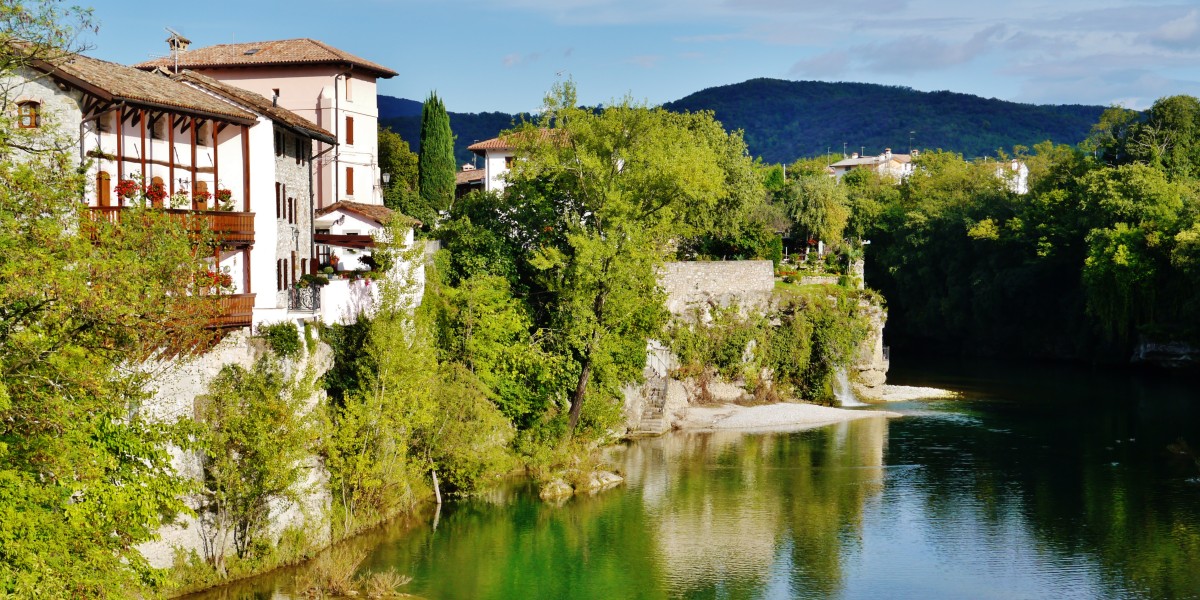
Cividale is a historic jewel and a UNESCO World Heritage site, founded by Julius Caesar and later becoming the capital of the first Lombard duchy in Italy. It’s incredibly picturesque, with cobbled lanes and historic buildings perched dramatically over the Natisone river gorge.
San Daniele del Friuli
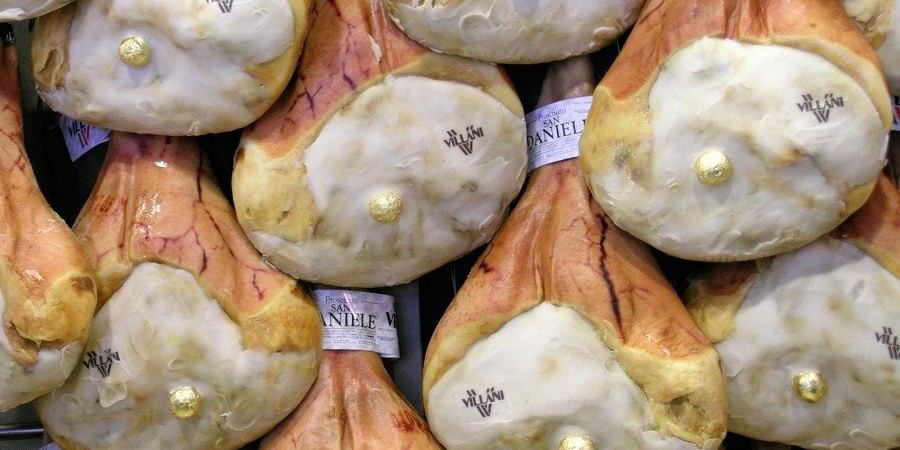
For anyone who loves food, San Daniele is paradise. This beautiful hilltop town is the gastronomic heart of the region, world-famous for its delicate, sweet prosciutto, which is celebrated with a huge festival every summer. Beyond the food, it’s a lovely town with a historic centre, stunning views over the rolling hills, and one of Italy's oldest libraries.
Palmanova
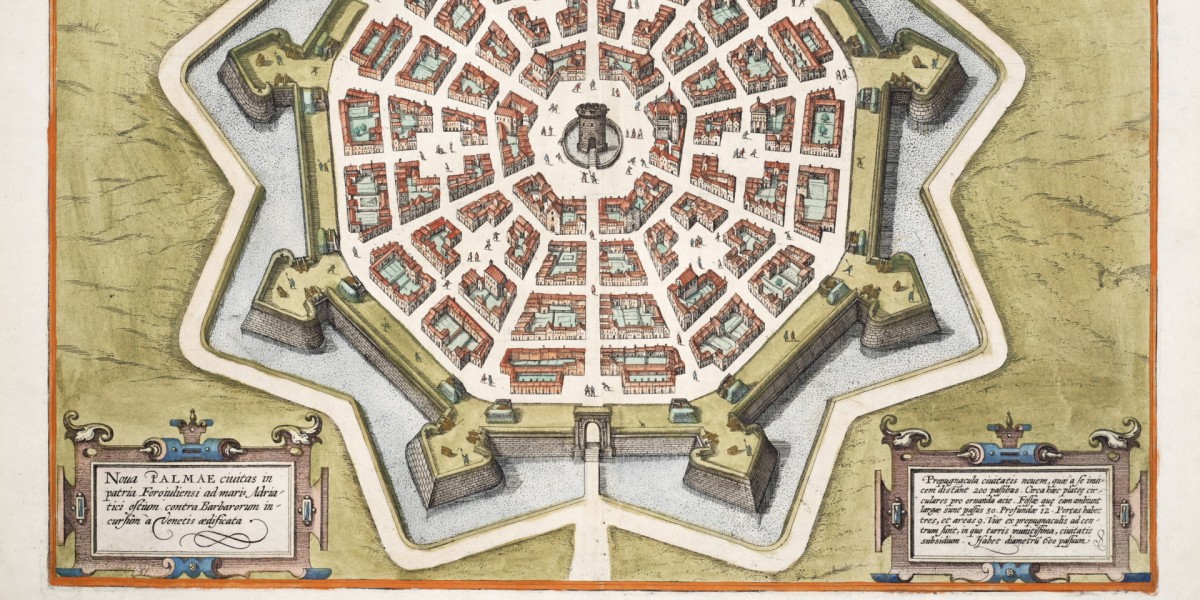
This town is truly one-of-a-kind. A perfectly preserved star-shaped fortress town built by the Venetians in the 16th century, Palmanova is also a UNESCO site. Its geometric perfection is incredible to see from above, and on the ground, it's a calm, organised town with a huge central piazza.
Living in Udine as a foreigner
For Udine expats, the experience is a bit different from what you might find in Florence or Rome. The international community here is smaller and more scattered. It nudges you to dive into local life and build genuine connections rather than staying in an expat bubble. The University of Udine brings in a good number of international students and academics, which adds a youthful, diverse element to the city.
To connect with other internationals, look for Facebook groups like 'Expats in Friuli' or 'Americans in Udine'. You'll find people sharing tips on everything from navigating bureaucracy to finding the best local cheese. For families, a crucial piece of information is that the main international school is the International School of Trieste, about an hour away.
The most rewarding connections come from integrating locally. Signing up for an Italian course or joining a local sports club or a wine-tasting group is where you'll really start to feel like a part of the city.
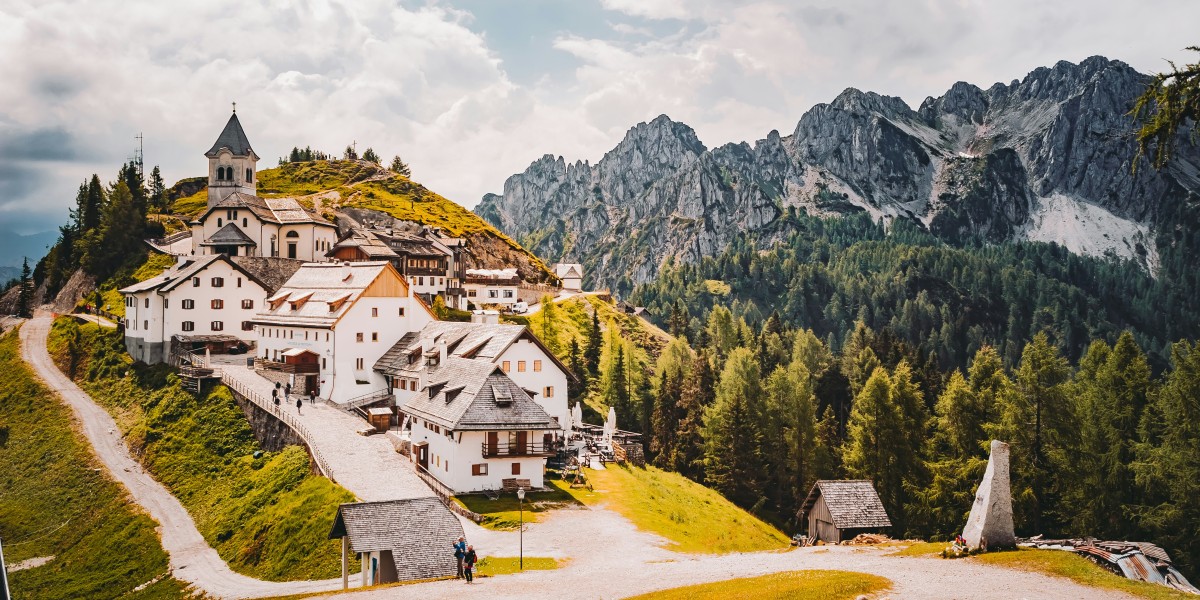
Living in Udine vs. living in Trieste
Choosing between them comes down to the kind of life you want to lead, as they offer two completely different experiences. Udine is the heart of Friuli – it's grounded, elegant in an understated way, and feels very traditionally Italian. It’s a city of quiet comforts and regional pride. Trieste, on the other hand, is a grand, maritime port city with a soul that feels more Central European, a legacy of its Austro-Hungarian past. It's larger, more cosmopolitan, and is famously swept by the powerful Bora wind.
Everyday costs, like grabbing a coffee or a meal out, are broadly similar in both cities. The real difference shows up in the housing market. Looking at the figures from June 2025, buying property in Trieste is noticeably more expensive, averaging €2,266 per m². Rents are a little more closely matched, but Trieste still has the edge on price. The average rent in Trieste was €11.2 per m², rising to €12.2 per m² in the centre, which is just a touch higher than in Udine.


